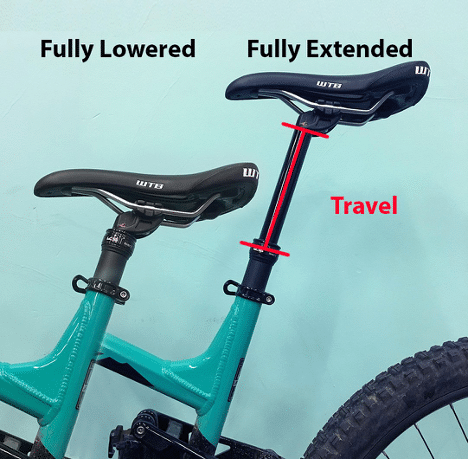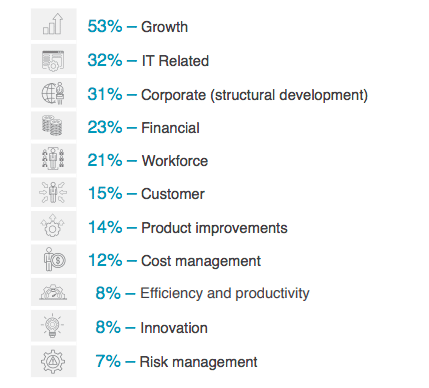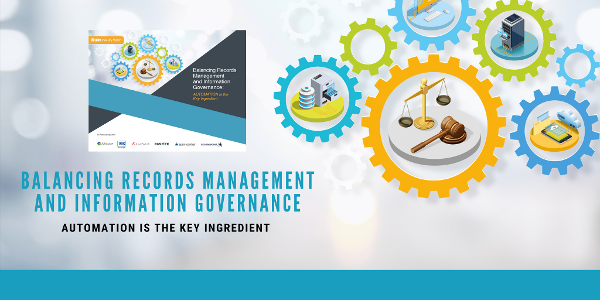
Death of the Information Governance Salesman
Information Governance | Electronic Records Management (ERM) | Automation
Before we start, let’s take a minute to address the big elephant in the room. You’re probably thinking, “Where are you going with this sales angle, Sean? I work with records and information, and my job is all about managing, protecting, and storing it. I don’t sell a thing!”
Well, what we’re going to cover today will show you that you ARE, in fact, in the business of selling when it comes to Information Governance – it’s just a slightly different model than we’re all used to.
In this selling model, we’re not exchanging goods and services for money; we’re exchanging ideas for acceptance.
“Selling” Ideas
Ask any true salesman, and they will tell you that selling is an art. It’s as much about the product as it is about the way the product is sold. To connect to a specific buyer, the product may need to be talked about in a certain way that will appeal to that buyer.
Let me share a quick example. In the wake of all of the social distancing, almost everyone I know has been dusting off their bicycles and getting into riding. It seems like all my friends and family are now shopping for bikes and bike parts. But, what really struck me funny is when my father and friends came home with the same bicycle product, despite completely different ideas of riding.
To better understand, let me explain the product they both purchased. It’s a thing called a dropper seat post. The product is very simple – it’s a seat post for your bike that will raise and lower at the push of a button (see image below).

For my mountain biking friends, this seat post is crucial for lowering the rider’s center of gravity during technical downhills and raising it during steep climbs.
The riding my dad likes to do is all flat. He enjoys the bike paths, the area rail trails, and even some of the quieter back roads. So, why the heck would my dad, who doesn’t ride those types of conditions, buy this product for his bike?
Yup, it had me scratching my head too! So, I asked him.
It turns out, the same product was just sold differently to my dad. He bought the product because he can lower the seat to make it easier for him to get on the bike. It has NOTHING to do with controlling his center of gravity. The way the product was sold to him was different than my friends.
Same product, but the selling is different.
This example shows that selling is the vehicle to connect the dots for the product and the consumer – it’s all about knowing the consumer and their personal pain points and how the product can solve that.
How to Sell Information Governance to the C-Suite
So, what’s all this have to do with Information Governance?
According to AIIM’s research, the top obstacles to undertaking new governance projects all relate to senior executive buy-in and support:
a) too many other high priorities (22%),
b) too much potential for change management problems (17%), and
c) lack of executive leadership (15%).
The executive “mindshare” challenge is particularly acute given that the benefits of many governance projects cut across multiple departments and functions, creating “crowding out” and “free rider” issues when it comes to funding time.
The solution to the executive mindshare problem lies in not selling “governance” per se but rather selling the things that executives care about, and that good “governance” enables. This means less of a focus on the “how” of governance when communicating with senior executives – they don’t care – and more focus on the specific benefits that a governance project will yield in terms of customer experience, timely information, and better decision-making.
This is where that dropper seat post example comes in. We need to think about how we’re selling information governance to the C-Suite. We might be talking about the center of gravity when all they really care about is an easier way to get on the bike.
So, What Does the C-Suite Really Want?
Last year, Gartner surveyed 473 CEO and senior business executives about their top three business priorities. The top priorities were:

Arguments for records and governance projects have traditionally been made at the lower end of this list, particularly using cost and risk arguments.
But, the trick for selling these projects moving forward is to shift to the top of the list and focus on the role that timely and trusted information that is delivered in context plays in achieving the growth objectives of the organization.
As you go forward, remember that you are in fact "selling" in your role. Keep this in mind and consider a different selling approach if what you're doing now isn't working. Find out what's important to your executive team and craft your selling points based on that.
To learn more about this and other key trends to emerge from AIIM's research on balancing records management and information governance, you can download a free copy here.



